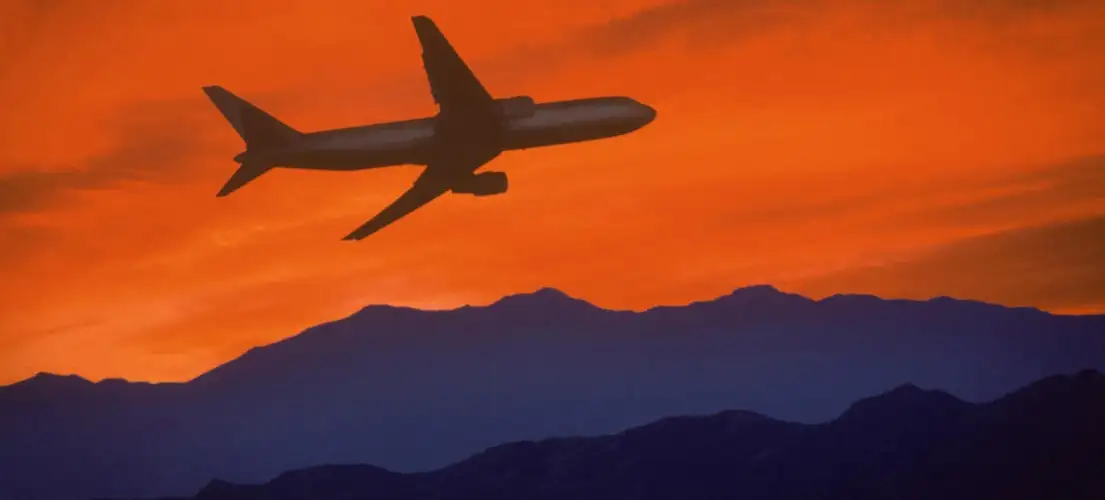
There has been plenty of bad news for members of the airlines’ mileage programs in recent months. New fees have been imposed, and old fees have been increased. Award levels have been raised. And two airlines, United and US Airways, have scrapped their longstanding policies of awarding a minimum of 500 miles for short-haul flights.
But even worse news lies ahead, and it has nothing to do with changes to the programs’ terms and conditions.
Slammed by soaring fuel costs on one side, and squeezed by slumping demand on the other, the airlines have pinned their hopes for survival on downsizing—shrinking into profitability.
- [% 2605521 | | American %], the world’s largest airline, has announced plans to reduce capacity 11 to 12 percent later this year, and eliminate thousands of jobs.
- [% 2609268 | | United %], the nation’s second-largest carrier, plans to ground 100 planes, reducing domestic mainline capacity by 17 to 18 percent, and cut 1,400 to 1,600 jobs.
- [% 2609480 | | Continental %] will shed 3,000 jobs—more than 6 percent of its workforce—and reduce capacity by 11 percent this fall.
- And Delta will cut U.S. capacity by 10 percent in the second half of 2008.
Capacity recalibrations are in store for the discount carriers as well.
- [% 2606021 | | AirTran %] will defer delivery of 18 Boeing 737s.
- [% 2605612 | | JetBlue %] recently delayed the purchase of 21 Airbus 320 jets.
- And [% 2609268 | | Spirit %] is considering laying off up to 60 percent of its flight attendants and 45 percent of its pilots.
By no means is the shrink-to-survive strategy confined to the U.S. airlines, any more than the causes of the contraction are specific to the U.S.
- Ryanair, Europe’s largest low-cost airline, will ground 10 percent of its fleet this winter.
- Australian carrier [% 2605521 | | Qantas %] will cut flights by 5 percent.
Other non-U.S. carriers are expected to follow suit.
So far, there are no credible estimates of the total reduction in flights over the coming months. But this we know: A year from now, there will be significantly fewer flights than there are today.
As has already been reported at length by industry-watchers, the flight cutbacks will result in the loss of service to smaller airports, more crowded planes, further erosion of customer service, and of course, higher ticket prices.
What has not yet been considered is the impact of fewer flights on frequent flyer programs.
Here’s how the big picture will affect the small picture.
All things being equal, a 10 percent reduction in seats overall will translate into a 10 percent reduction in award seats. Unless, that is, the airlines increase the percentage of seats they reserve for mileage redemption. The more likely scenario, though, given the airlines’ desperation to stave off bankruptcy, is that they will reduce not only the absolute number of award seats but the percentage of award seats as well.
Meanwhile, on the demand side of the equation, the trillions of miles in the accounts of tens of millions of frequent flyer program participants aren’t disappearing. On the contrary, even as the supply of award seats shrinks, the airlines continue expanding their programs, giving consumers ever more ways to earn miles.
The resulting picture is a troubling one: more miles chasing fewer seats.
Over the past year, major airlines have revised their programs’ mileage-expiration policies, reducing from three years to 24 or 18 months the period during which program members must have activity in order to keep their accounts active. That will eventually wipe a relatively small number of the outstanding miles off the airlines’ books, marginally reducing their financial exposure from award liability.
But in the long run, spiffing up the airlines’ balance sheets won’t address the key issue of award availability. Consumers participate in frequent flyer programs with the expectation that they’ll have a reasonable chance of redeeming their miles for a free flight.
As airlines downsize to survive, that expectation is looking increasingly unrealistic.
We hand-pick everything we recommend and select items through testing and reviews. Some products are sent to us free of charge with no incentive to offer a favorable review. We offer our unbiased opinions and do not accept compensation to review products. All items are in stock and prices are accurate at the time of publication. If you buy something through our links, we may earn a commission.
Related
Top Fares From
Today's Top Travel Deals
Brought to you by ShermansTravel
Shop and Save with Country Inns...
Patricia Magaña
 Hotel & Lodging Deals
Hotel & Lodging Deals
$229 -- Chicago: Discounted Rates and...
Francesca Miele
 Hotel & Lodging Deals
$229+
Hotel & Lodging Deals
$229+
$188 -- Honolulu: Save on Oceanview...
Abigail Lamay
 Hotel & Lodging Deals
$188+
Hotel & Lodging Deals
$188+



